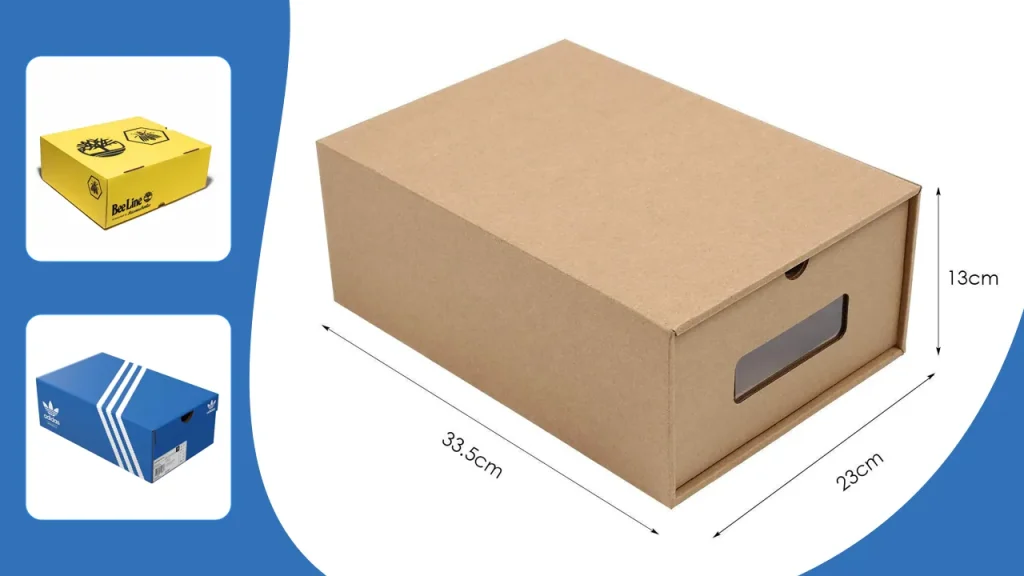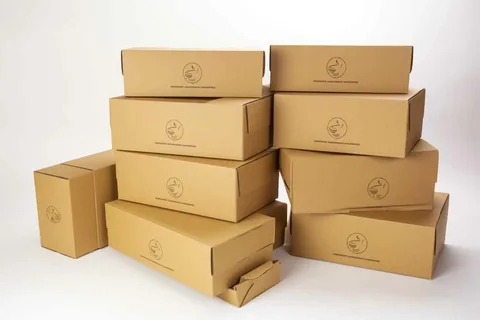Keeping your shoes organized and protected starts with the right shoe box. Whether you own sneakers, boots, dress shoes, or a mix of all three, using an appropriately sized box ensures your footwear stays in great condition while maximizing your storage space. For Canadians, choosing the perfect shoe box involves understanding shoe types, standard sizes, and practical storage tips. This guide will walk you through everything you need to know about selecting the right shoe box size in Canada.
Why Shoe Box Size Matters
Many people underestimate the importance of a proper shoe box. Using the wrong size can create a range of problems, from damaged shoes to cluttered closets. Shoes that are too tight in a box may become creased, scuffed, or misshapen over time. On the other hand, oversized boxes waste valuable storage space and make stacking boxes neatly difficult.
The right shoe box protects your shoes, makes storage more efficient, and keeps your collection easy to access. For collectors or anyone with multiple pairs, taking time to choose the correct box can save frustration and prolong the life of your footwear.
Standard Shoe Box Sizes in Canada
Shoe box sizes vary depending on the type of shoe. Sneakers usually fit comfortably in boxes around 13 inches long, 8 inches wide, and 5 inches high, while men’s dress shoes often require 14 by 9 by 5 inches. Women’s shoes generally fit in 12 by 7 by 4-inch boxes. Boots, being bulkier, usually need 15 by 11 by 7 inches, and kids’ shoes fit well in 10 by 6 by 4 inches. Always measure your shoes before buying a box, especially for high-top sneakers or oversized boots.
How to Measure Your Shoes for a Box
Choosing the right shoe box begins with accurate measurements. Measure the length from the heel to the tip of the longest toe, then measure the widest part of the shoe, usually across the ball of the foot. Finally, measure the tallest point, especially for boots. Adding one to two inches to each measurement ensures the shoes won’t be compressed inside the box and allows easy removal and replacement.
Standard vs. Custom Shoe Boxes
While standard shoe boxes are sufficient for most footwear, there are situations where custom boxes make more sense. Standard boxes are affordable and widely available across Canada, perfect for most sneakers, casual shoes, and dress shoes. Custom boxes are ideal for oversized, designer, or uniquely shaped shoes. Many Canadian packaging stores provide customization services, which is useful for collectors or retailers looking for a more tailored fit.
Materials and Durability
Not all shoe boxes are created equal. When choosing a box, consider the material. Cardboard boxes are the most common and inexpensive option. Thicker cardboard provides extra protection. Plastic boxes are durable, reusable, and stackable, making them great for long-term storage and protection against moisture. Specialty boxes may include transparent lids, magnetic closures, or reinforced corners for extra protection and display purposes. Durability is especially important in Canada, where seasonal changes can affect humidity and storage conditions. Strong, moisture-resistant materials help prevent damage to leather, suede, or fabric shoes.
Tips for Efficient Shoe Box Storage in Canada
Once you have the right shoe boxes, effective storage techniques make a huge difference. Label each box with the shoe type, size, or color for quick access. Stack heavier boxes at the bottom and lighter ones on top to avoid crushing delicate shoes. Store boxes in a cool, dry place to prevent mold or damage, especially for leather or suede footwear. Adding silica gel packets to boxes used for long-term storage helps keep moisture away.
Special Considerations for Canadians
Canada’s climate, with wet winters and humid summers, can affect shoe storage. Leather shoes may warp or develop mold if stored improperly. Keep shoe boxes off the floor to avoid contact with cold or damp surfaces. For boots, use boot shapers or rolled-up tissue paper to maintain their shape inside the box. Rotating shoes seasonally and storing out-of-season footwear separately helps save space and prevents unnecessary wear.
Benefits of Choosing the Right Shoe Box Size
Selecting the correct shoe box size has multiple benefits. Shoes maintain their shape and are less likely to get damaged. Properly sized boxes fit neatly on shelves or in closets, making it easy to locate and access shoes. Using the right size prevents wasted space, allowing more shoes to be stored in the same area. Shoes stored correctly last longer, reducing the need for frequent replacements.
Conclusion
Choosing the right shoe box size in Canada is a simple yet impactful step in maintaining a well-organized and functional shoe collection. By measuring your shoes, understanding standard sizes, considering materials, and implementing effective storage strategies, you can protect your footwear, save space, and enjoy a clutter-free home. Whether you’re a sneaker enthusiast, a fashion lover, or just looking to keep your closet tidy, investing in the right shoe boxes makes a noticeable difference. Proper planning and care ensure that your shoes remain in excellent condition for years to come.
Frequently Asked Questions (FAQs)
What is the standard shoe box size for sneakers?
Most adult sneakers fit in a box around 13 inches long, 8 inches wide, and 5 inches high. High-tops may require slightly larger boxes.
Can I use a smaller shoe box for my boots?
It is not recommended. Boots require taller and wider boxes, usually around 15 by 11 by 7 inches, to maintain their shape and avoid damage.
Are plastic shoe boxes better than cardboard?
Plastic boxes are more durable, moisture-resistant, and stackable, making them ideal for long-term storage. Cardboard is lighter and more affordable but may be less protective in humid conditions.
How do I measure my shoes for a box?
Measure the length, width, and height of the shoe, then add 1–2 inches to each measurement for comfortable storage.
Where should I store shoe boxes in Canada?
Keep them in a cool, dry place, off the floor, and away from humidity. Avoid basements and attics prone to moisture and temperature changes.








